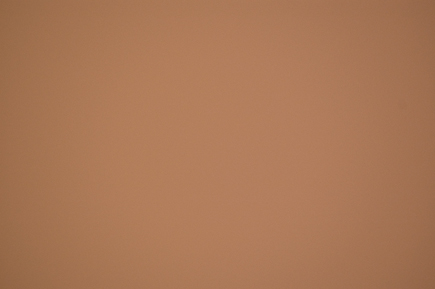The ExpoDisc; A White Balance Tool
Today's digital photographers have more ways to control color than you can shake a stick at, with programmed White Balance (WB) options, custom color temperature bracketing, and even color maps through which you can toggle to attain any color bias you want, and that's just in the camera. It's almost as if all the designers thought everyone needed a color temperature meter and the filtration to control color cast, bias, and neutrality to the nth degree. Add to that the controls in software--especially raw converters--and you have controls to satisfy even the most color obsessed among us.
ExpoDisc, Front And Back |
||
 |
 |
|
|
||
This is not meant to demean the impulse to control color for good balance
and pleasing rendition. But given that you are a reasonable sort who wants fairly
neutral color rendition (true to how your eye adapts to the light source) that
you can, of course, tweak later, you want to check out a handy device known
as an "ExpoDisc."
Designed to work with D-SLRs (and I suspect other cameras) with a Custom WB
preset control, the ExpoDisc Pro Digital White Balance "filter"
is a round disc within a rigid collar that can be slipped over various lens
diameters. (Prices are in the neighborhood of $100, depending on lens filter
thread diameter.) Once the disc is laid over the lens all you need do is pick
"Custom" on your WB control, make the measuring exposure by pointing
at the light source and then shoot away in that light source safe in the knowledge
that you will have a neutral color rendition.
ExpoDisc Sees |
|
 |
|
|
It's really quite simple, as I found out when using it with a Nikon D40. On the D40 you get to WB via the menu only (many cameras have a WB button right on the camera body). After choosing PRE (WB preset) I placed the ExpoDisc over the lens and pressed the shutter release while aiming the camera at the light source. This created a reference color bias for the image processor. I then removed the ExpoDisc; the WB setting remained for all subsequent shots under that light source. The folks from ExpoImaging stress that you should not aim the lens at the sun when measuring WB presets outdoors; this is just common sense but worthy of reiteration here. The best bet is to aim it slightly off to the side of the sun.
Diffuse Light |
|
 |
|
 |
|
|
































